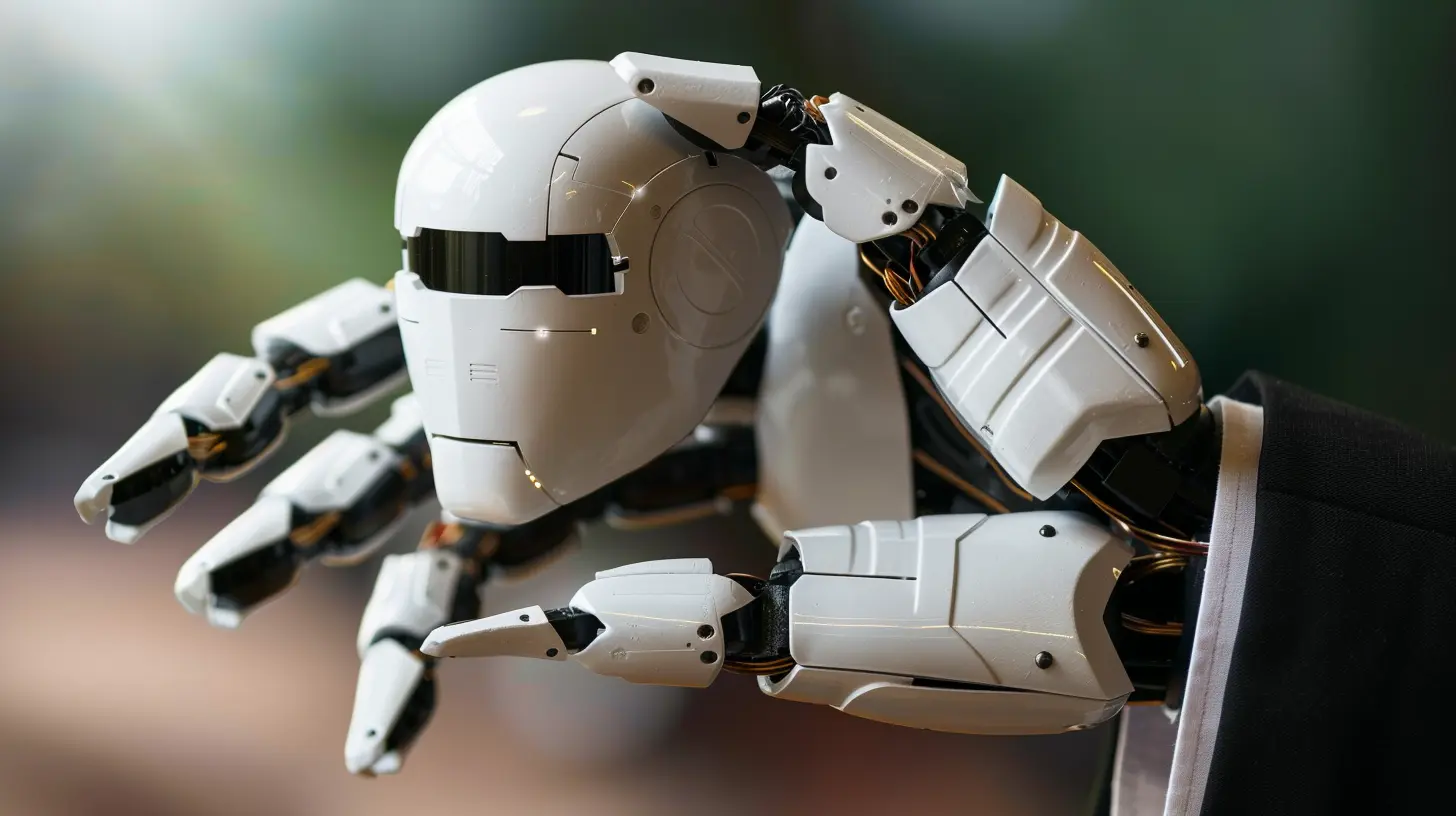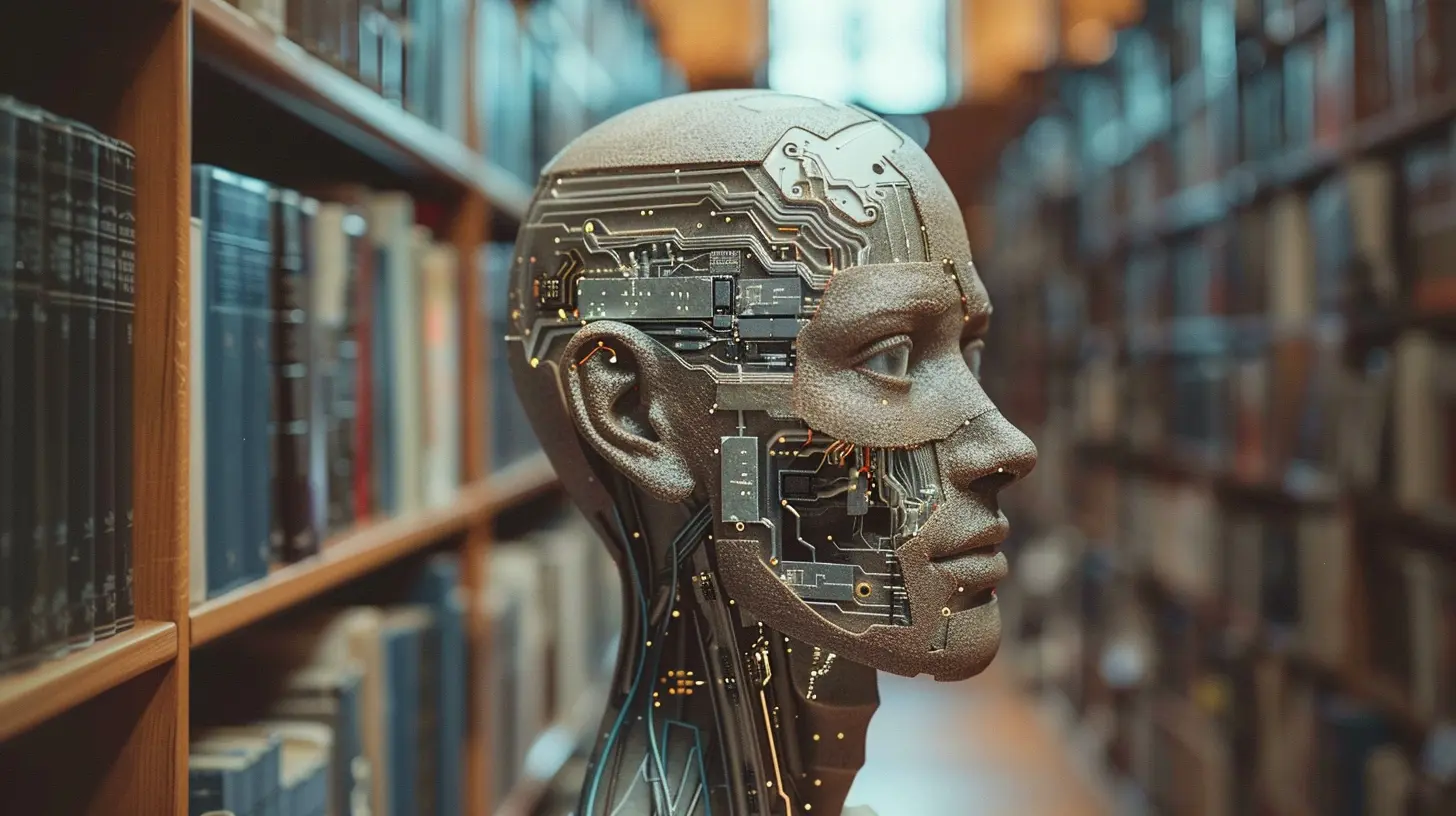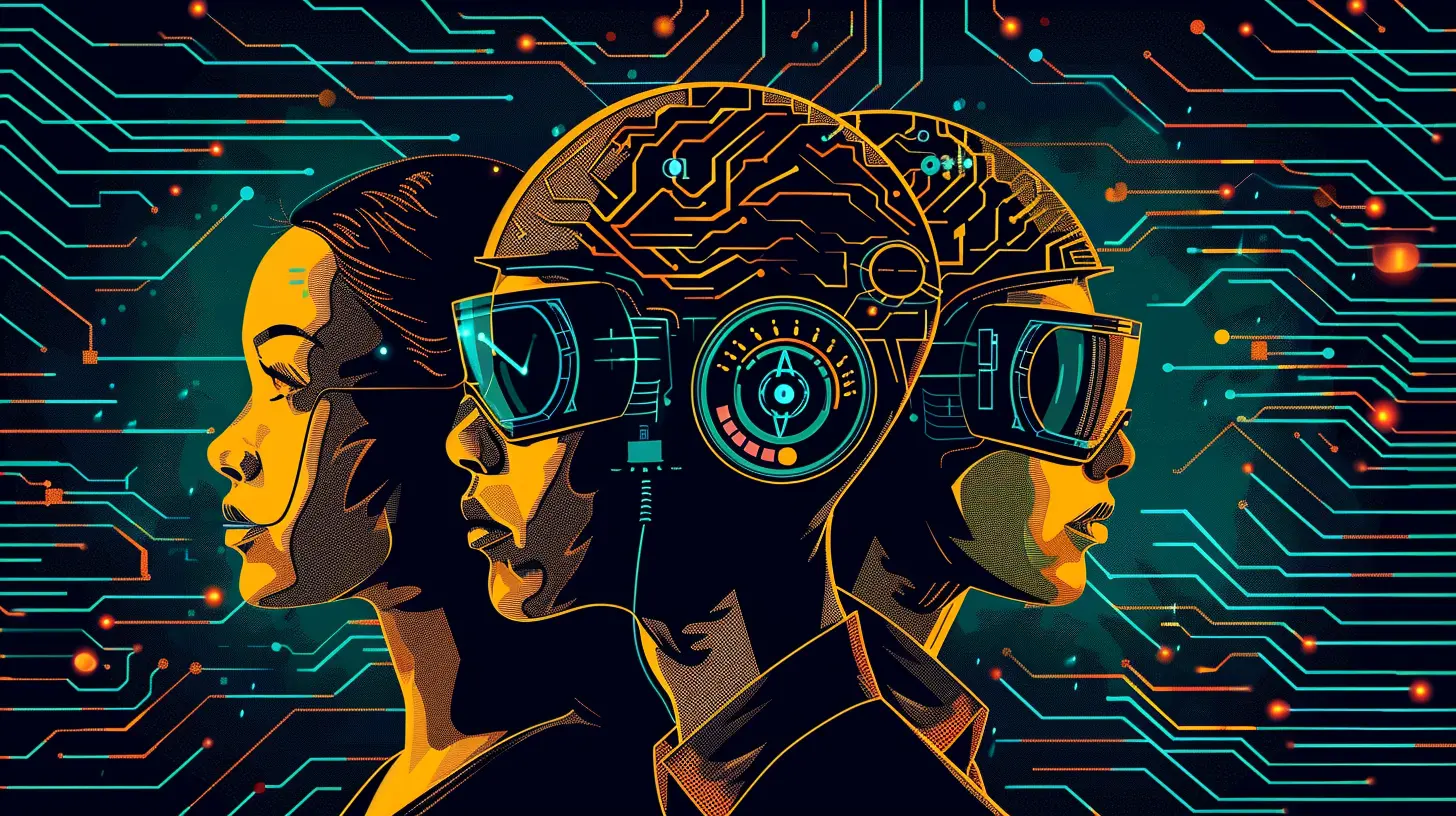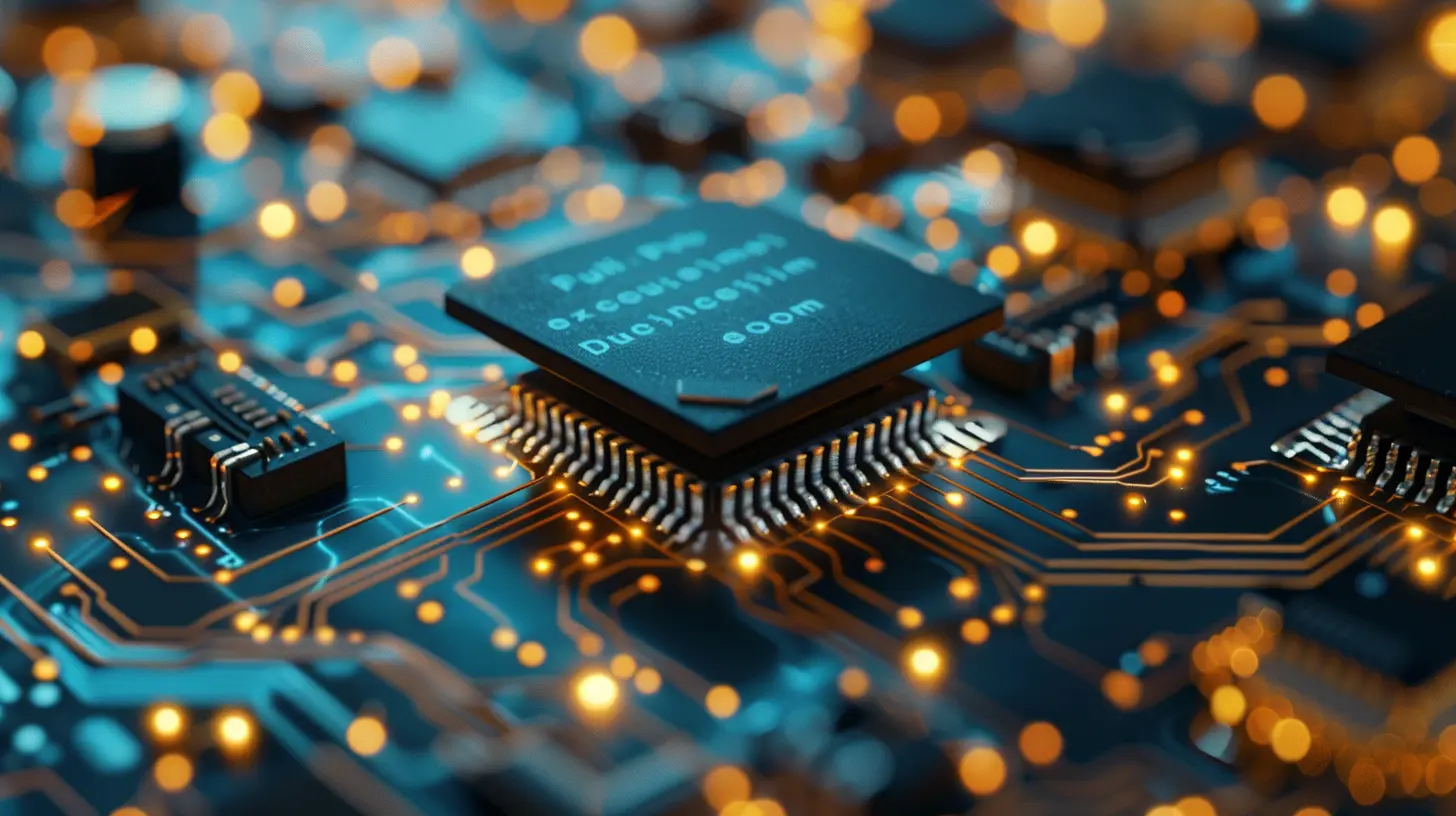The Impact of AI and Automation on Higher Education
14 July 2025
Higher education is going through a massive transformation—and let’s be honest, it’s long overdue. Classes are no longer confined to four walls, textbooks are turning digital, and now, artificial intelligence (AI) and automation are entering the scene like unexpected guests at a family dinner. Some welcome it with open arms; others are understandably skeptical. So, what does this all mean for students, educators, and institutions? Let's break it down and see how this tech evolution is shaking things up.
AI and Automation Aren’t Just Buzzwords Anymore
You’ve probably heard people throw around terms like "machine learning," "predictive analytics," or "automation in education" like confetti. But let's cut to the chase—what are we actually talking about?AI refers to machines or software that can simulate human intelligence. That includes learning, reasoning, problem-solving... the whole nine yards. Automation, on the other hand, is all about using tech to perform tasks (especially repetitive ones) without human intervention.
In higher education, this combo is like adding rocket fuel to an old engine. It promises efficiency, personalized learning, and new opportunities—but, of course, it also comes with its fair share of challenges.
Personalized Learning – One Size No Longer Fits All
Remember sitting through lectures wondering why the professor is either going too fast or too slow? AI is changing that. With adaptive learning systems, students get materials tailored to their pace and learning style. Think of it like Netflix, but for education—offering suggestions based on what you’ve already "watched" or, in this case, learned.Platforms powered by AI can assess your strengths and weaknesses in real-time. Struggling with calculus? The system identifies it and offers additional resources. Breezing through psychology? It skips ahead. That’s personalization on steroids—something traditional classrooms have always struggled with.
Smarter Grading Equals More Time for Teaching
Let’s talk about grading. It’s that necessary evil that eats up professors’ weekends. But now, automation is stepping in.AI-driven tools can handle multiple-choice tests, essays, even coding assignments. And not just grading—they can provide instant feedback. This frees up educators to focus on what they actually signed up for: teaching, mentoring, and engaging with students.
Sure, machines can’t replace a professor’s nuanced assessment on a creative writing piece (yet), but for standard assignments, they’re a solid sidekick.
Virtual Assistants: Your New Academic BFF
Have a question about your homework at 2 AM? Good luck emailing your professor. But with AI-powered chatbots and virtual assistants, help is just a click away—24/7.These bots can answer FAQs, give reminders about deadlines, and even guide you through course registration. Some institutions have already onboarded virtual assistants that handle thousands of queries a month without breaking a digital sweat.
It's like having your own personal Siri or Alexa dedicated to your academic life. Not a bad deal, right?
Data, Data, Data – The Secret Sauce
One of AI’s biggest contributions? Turning raw data into meaningful insights.Universities collect a ton of data—grades, attendance, engagement, and more. AI can sift through all that noise to predict which students are at risk of failing or dropping out. That means interventions can happen before it’s too late.
It’s kind of like a fitness tracker for your academic journey. You get feedback, progress reports, and nudges to stay on track.
Automation in Admin Tasks—Because Bureaucracy Needs a Break
Let’s face it—administration in higher education has always been a maze. Whether it’s applying for courses, scheduling classes, or managing tuition payments, the paperwork is endless.Automation is cutting through that red tape. Enrollments, transcripts, even HR processes for faculty—are being streamlined. Not only does that save time, but it also reduces human error. Because nobody wants to find out their course registration didn’t go through due to a typo.
The Flip Side: Challenges We Can’t Ignore
Okay, before we get too carried away, it’s time for a reality check.Job Displacement and Role Reimagining
One of the biggest fears? That AI and automation will replace jobs. And honestly, it’s not just paranoia. While machines are unlikely to replace professors entirely, roles in administration, support, and even some teaching areas could be transformed or reduced.But here’s the silver lining: rather than eliminating jobs, AI can augment them. Think of it as Iron Man’s suit—it enhances human capability, not replaces it.
Ethical Dilemmas and Bias
AI is only as good as the data it’s trained on. And if that data is biased, guess what? The AI will be too.There’s a risk of algorithms reinforcing stereotypes or making inaccurate predictions. Imagine an AI tool recommending certain students for advanced courses based on flawed data. That’s not just unfair—it’s harmful.
Higher education needs to tread carefully, with transparency and ethical guidelines at the forefront.
The Digital Divide
Not everyone has access to high-speed internet, a powerful computer, or a quiet place to study. AI tools often need all three. Institutions must address this gap or risk widening educational inequality.Let’s put it this way: giving everyone a fair shot means making sure the tech revolution doesn’t leave anyone behind.
Redefining the Educator's Role
Professors are no longer just lecturers—they’re becoming facilitators, mentors, and guides. AI takes care of the repetitive stuff, sure, but it also forces educators to up their game. More emphasis is now placed on soft skills, emotional intelligence, and critical thinking.In fact, one could argue that professors are becoming more essential than ever—not for the info they provide, but for the human connection, insight, and support they offer.
Lifelong Learning and Micro-Credentials
Another cool shift? Education is becoming more modular and flexible.Thanks to AI-driven platforms, people can now learn at their own pace from anywhere in the world. Courses are often broken into bite-sized modules, and learners earn micro-credentials that are laser-focused on specific skills.
It’s like building your education one Lego block at a time, tailored to your career needs and interests.
The Global Classroom
Automation tools and AI platforms don’t care about borders. A student in rural India can now take a course from MIT, while another in Brazil might be part of a group project with peers from Germany and Japan.This creates a more diverse, inclusive educational environment. It’s not just about cultural exchange; it’s about preparing students for a global workforce.
The Road Ahead: Where Do We Go from Here?
While AI in higher ed is evolving fast, we’re still scratching the surface. Imagine virtual reality classrooms, AI tutors smarter than any teaching assistant, or blockchain-secured degrees. It sounds like sci-fi, but it’s closer than we think.However, it’s crucial that we approach this transformation with intention. That means:
- Continually updating curriculum to include digital literacy and AI ethics.
- Training educators and staff to work alongside AI, not against it.
- Putting policies in place to protect student data and privacy.
- Ensuring accessibility for all students, regardless of socioeconomic background.
The goal? To create a future where technology enhances learning without compromising human values.
Final Thoughts: Embrace the Change, But Stay Human
AI and automation aren’t the future—they’re the present. They’re reshaping the way we learn, teach, and manage education. And while the changes may feel overwhelming, they also open up incredible opportunities for innovation, inclusivity, and growth.But here’s the thing—no matter how advanced AI gets, the heart of education will always be human. Curiosity, creativity, compassion—machines can mimic a lot, but they can’t replicate that magic.
So, let’s embrace AI not as the replacement, but as the partner. A powerful tool in our toolkit as we build the future of higher education together.
all images in this post were generated using AI tools
Category:
Higher EducationAuthor:

Madeleine Newton
Discussion
rate this article
1 comments
Arden McNeil
Great insights! Embracing AI and automation will shape the future of higher education significantly.
July 28, 2025 at 10:15 AM

Madeleine Newton
Thank you! I completely agree—AI and automation will play a crucial role in transforming higher education for the better.


